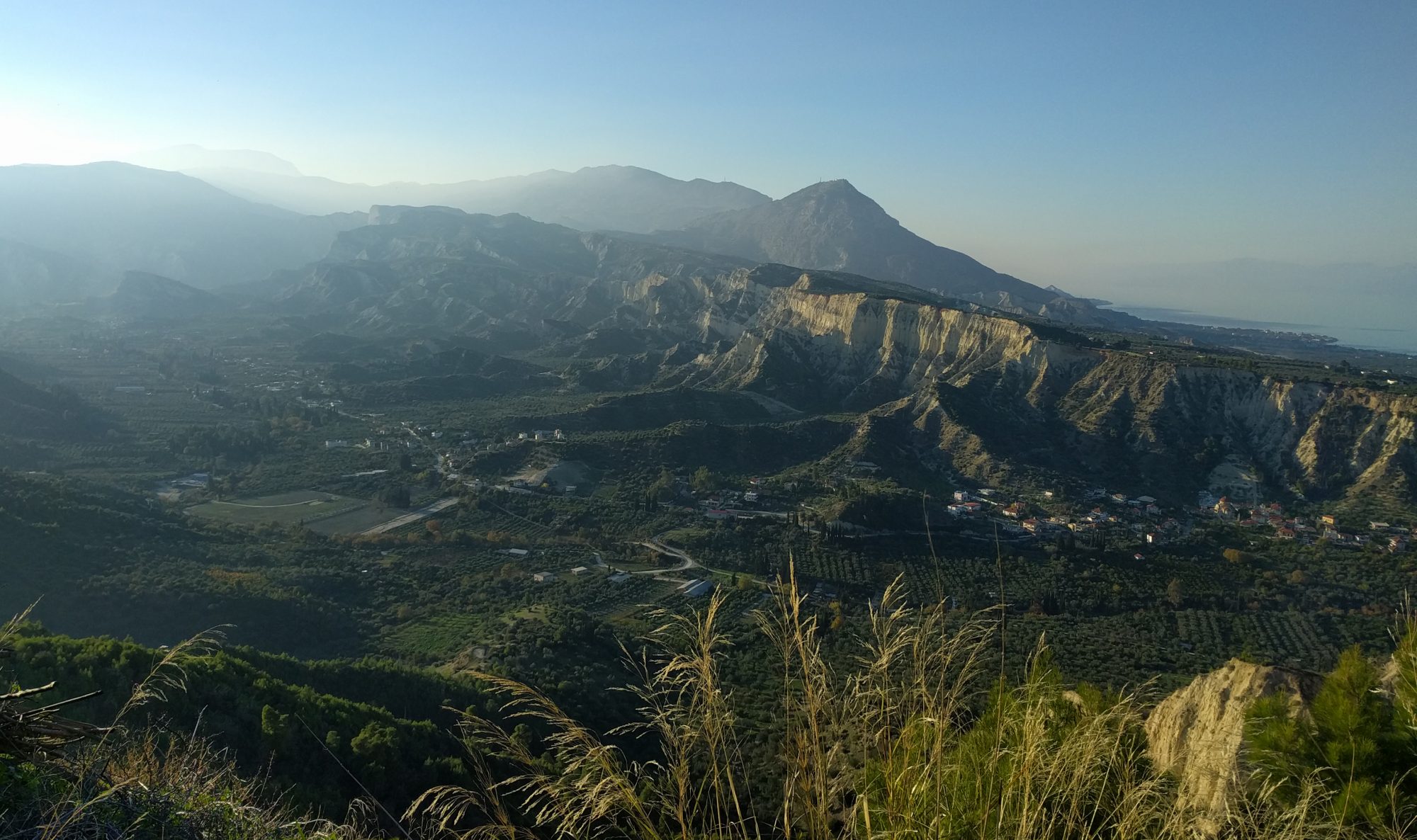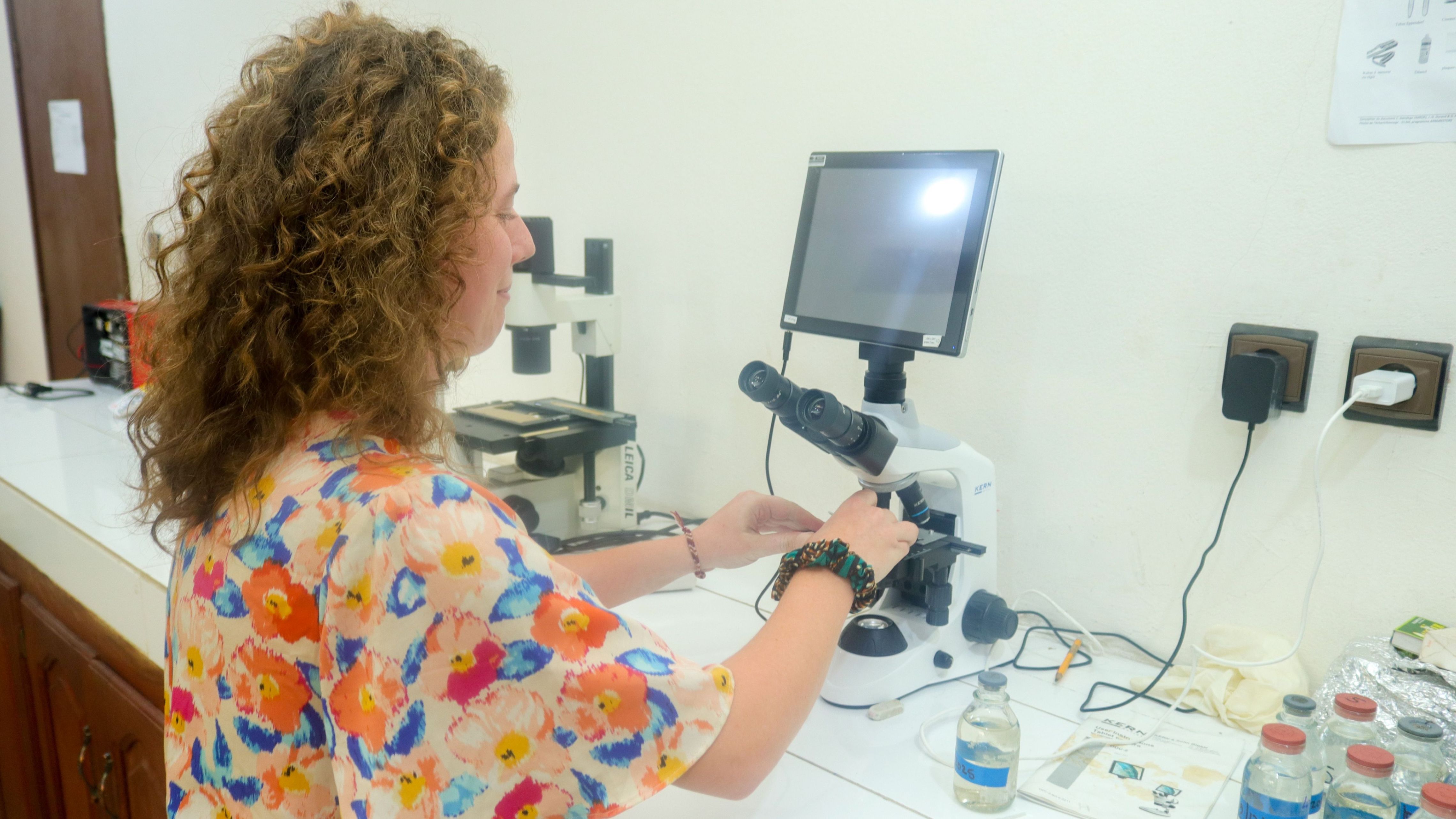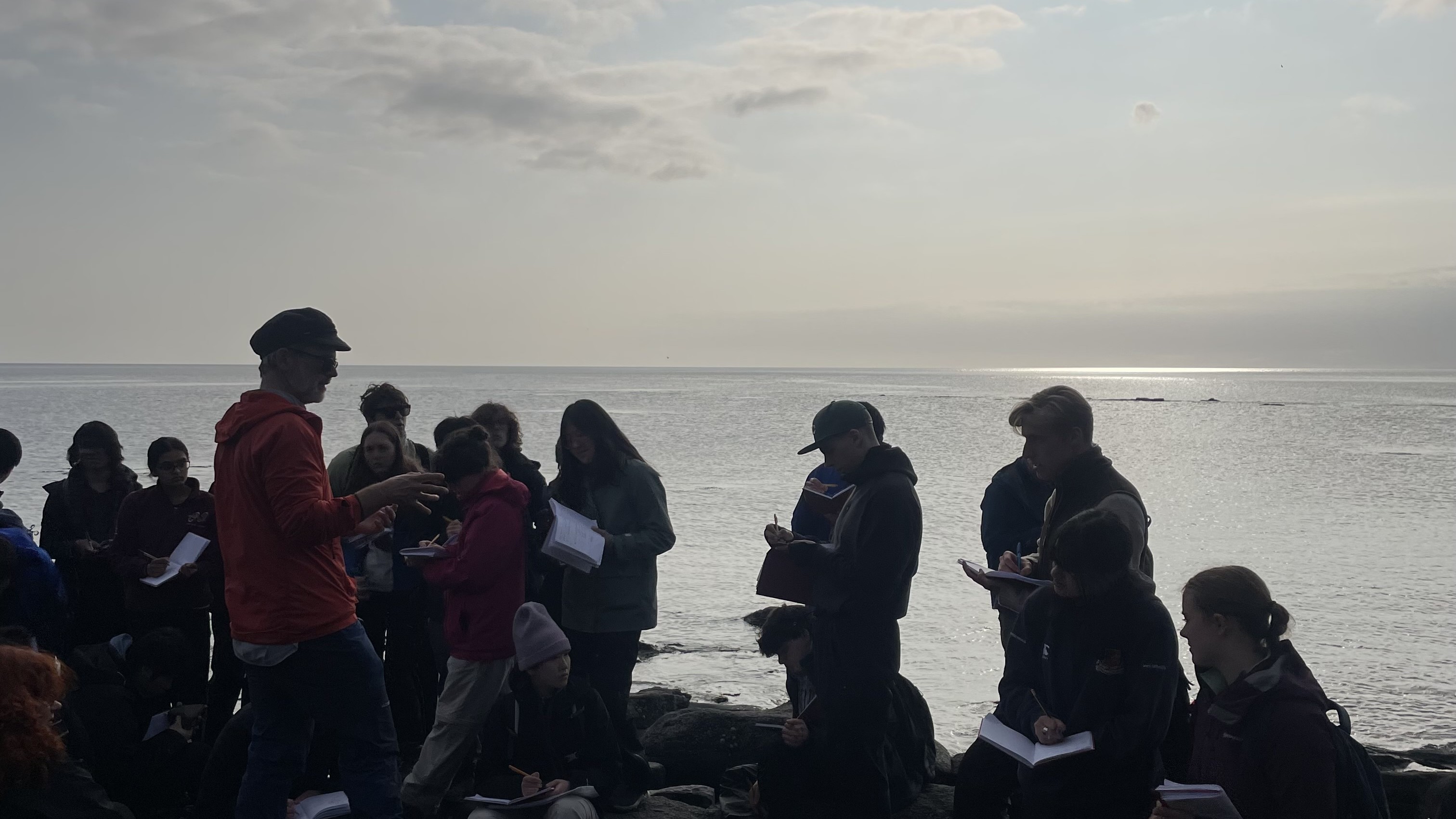My Internship Journey: researching the Arctic Ocean at Cambridge
In April, I joined the Department of Earth Sciences for a six-month internship on polar oceanography, focussing on nutrient transport in the Arctic Ocean.
As a Master’s student in Oceanography and Applications based jointly at the University of Toulouse and the University of Abomey-Calavi in Benin, I was eager to experience the world of research before applying to do a PhD.
Continue reading “My Internship Journey: researching the Arctic Ocean at Cambridge”Rocking Around Arran: Cambridge First-Year Earth Sciences Field Trip 2025
“If I were to be trapped on a remote island by an all-powerful geologist for a week, Arran would be near the top of my list for the sheer range and beauty of its history. Trekking across the coast with hand-lens and friends close by was truly memorable and even more so when Ed Tipper used his extensive skillset to try convince us that crinoids grew to the size of a small town.” (Shifat, 1st year Natural Sciences student)
After weeks of lectures, practicals, and plenty of prep back in Cambridge, the long-anticipated first-year undergraduate field trip to the Isle of Arran finally began! This week-long geological journey took us across 600 million years of Earth’s history—from the late Precambrian to the Palaeogene—packed into one spectacular island off the west coast of Scotland.
Continue reading “Rocking Around Arran: Cambridge First-Year Earth Sciences Field Trip 2025”A Field Journey through the Messinian Salinity Crisis and Beyond
During the Easter holidays, 31 Part III Earth Science students and 8 demonstrators travelled to southeastern Spain (Almería) for the students’ final fieldtrip. The region’s complex geology offered something special for everyone. Over six days in the field, we moved through geological time and explored the diverse environments—from metamorphic basements and Miocene reef outcrops, to orbitally paced sedimentary cycles and gypsum beds, and on to turbidite deposits, volcanic centres, and strike-slip fault zones.
The origins of our orbicular granite
Once a year, a peculiar, polished slab of rock is hauled down from its home on a windowsill near the 1A lab and propped up on the lawn against a row of knees for the annual Sedgwick Club photo. The slab, with its striking black and white circular patterns, has featured in most annual photos in the past 60 years.
Continue reading “The origins of our orbicular granite”History and future of stone use in Cambridge
The time sequence of building stone use in Cambridge shows the competing influences of function, fashion and finance in the city’s historic fabric. Now natural stone is poised for a resurgence because of its strength, durability and low embodied carbon.
Continue reading “History and future of stone use in Cambridge”In Conversation with Marie Edmonds
Marie Edmonds, Professor of Volcanology and Petrology, was both an undergraduate and postgraduate in Cambridge from 1994-2001 and has been a lecturer in the Department of Earth Sciences since 2006. Marie reflects on her career and new role as Head of Department with Erin Martin-Jones.
Continue reading “In Conversation with Marie Edmonds”Listening in on the pulse of a mantle plume: IMPULSE Expedition 2024
Last summer, Cambridge PhD students Callum Pearman, Aisling Dunn and Philippa Slay joined an international scientific cruise to take the pulse of the Iceland mantle plume. Callum describes the science behind the expedition in the blog post below.
Continue reading “Listening in on the pulse of a mantle plume: IMPULSE Expedition 2024 “








